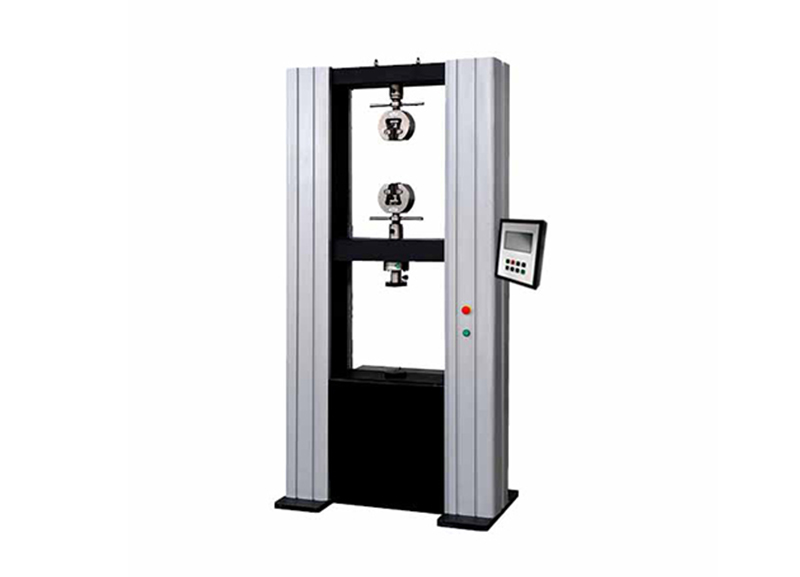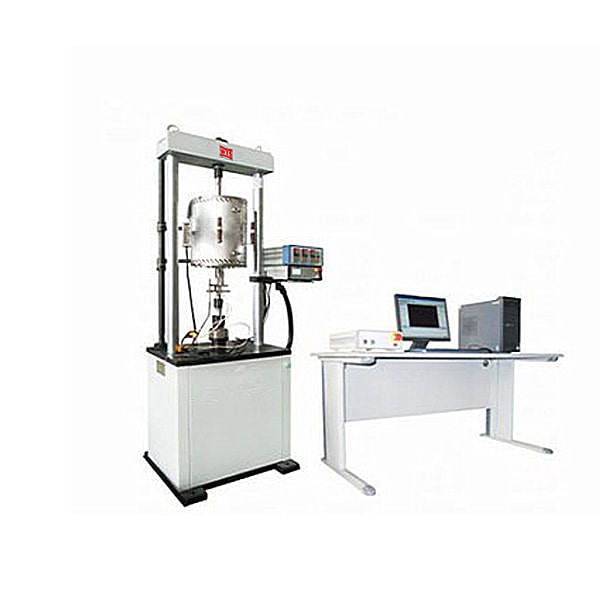When it comes to tensile testing of metals, the most widely recognized international standard is ASTM E8 / E8M. This method defines the procedure for tension testing of metallic materials using a Universal Testing Machine (UTM).
The ASTM E8 tensile test is critical for determining the mechanical properties of metals such as steel, aluminum, copper, and titanium. Engineers use it to evaluate yield strength, ultimate tensile strength, ductility, and elongation, ensuring that the material meets design and safety requirements.
What is ASTM E8?
ASTM E8 (inch-pound units) and ASTM E8M (SI units) are standards developed by ASTM International. They specify the procedures, specimen dimensions, and testing conditions for tension testing of metals.
This standard is used in industries including:
Aerospace and aviation
Automotive manufacturing
Civil and structural engineering
Shipbuilding and offshore projects
Energy and power generation

Purpose of ASTM E8 Tensile Test
The main objectives of the test include:
- Ultimate Tensile Strength (UTS) – the maximum stress a metal can withstand before breaking.
- Yield Strength (YS) – the stress at which permanent deformation begins.
- Elongation at Break (%) – the ductility of the material.
- Reduction of Area (%) – the ability of the material to withstand necking before fracture.
- Stress-Strain Curve – the graphical representation of material behavior under load.
ASTM E8 Tensile Test Procedure
Step 1: Specimen Preparation
Prepare test specimens according to ASTM E8 dimensions.
Two common types: round specimens and flat specimens.
Ensure the surface is smooth, free from cracks, burrs, or machining defects.
Step 2: Equipment Setup
Use a Universal Testing Machine (UTM) with calibrated load cells.
Place the specimen in the machine grips carefully.
Avoid misalignment, as it may cause bending stresses.
Attach an extensometer for accurate strain measurement.
Step 3: Loading and Testing
Apply tensile load continuously and smoothly.
The crosshead speed must comply with ASTM E8 guidelines (commonly 0.5 – 2.0 mm/min).
Monitor the stress-strain curve during testing.
Continue loading until the specimen fractures.
Step 4: Data Recording
The following values are recorded:
Yield Strength (0.2% offset method)
Ultimate Tensile Strength (UTS)
Elongation (%)
Reduction of Area (%)
Step 5: Test Report
The final report should include:
Specimen geometry and type
Test machine details and calibration
Environmental conditions
Stress-strain curve
Mechanical property results
ASTM E8 Specimen Dimensions
| Specimen Type | Diameter/Width | Gauge Length | Notes |
|---|---|---|---|
| Round (Standard) | 12.5 mm | 50 mm | Common for metals |
| Flat (Standard) | 12.5 mm | 50 mm | Machined from sheet/plate |
| Sub-size | As per standard | Shorter length | For small samples |
ASTM E8 vs. Other Standards
ASTM D638 – plastics tensile test
ISO 6892-1 – international equivalent for metallic materials
ASTM D3039 – composite materials tensile test
Applications of ASTM E8
Automotive industry: testing steel and aluminum for vehicle frames and crash safety.
Aerospace: testing high-strength alloys for aircraft structures.
Civil engineering: evaluating reinforcing steel and structural metals.
Energy: ensuring pipeline and pressure vessel material reliability.

Benefits of ASTM E8 Testing
Ensures material consistency
Improves product safety and reliability
Helps in research and development of new alloys
Provides comparable data across industries
Reduces risk of failure in real-world applications
Frequently Asked Questions (FAQ)
1. What is ASTM E8 used for?
It is used to determine the tensile properties of metallic materials such as yield strength, tensile strength, and elongation.
2. What equipment is required?
A Universal Testing Machine (UTM), grips, and an extensometer.
3. What materials can be tested under ASTM E8?
Steel, aluminum, copper, titanium, and other metallic alloys.
4. What is the difference between ASTM E8 and ASTM E8M?
ASTM E8 uses inch-pound units, while ASTM E8M uses SI (metric) units.
5. How is yield strength measured?
Using the 0.2% offset method, which determines the point at which permanent deformation begins.









